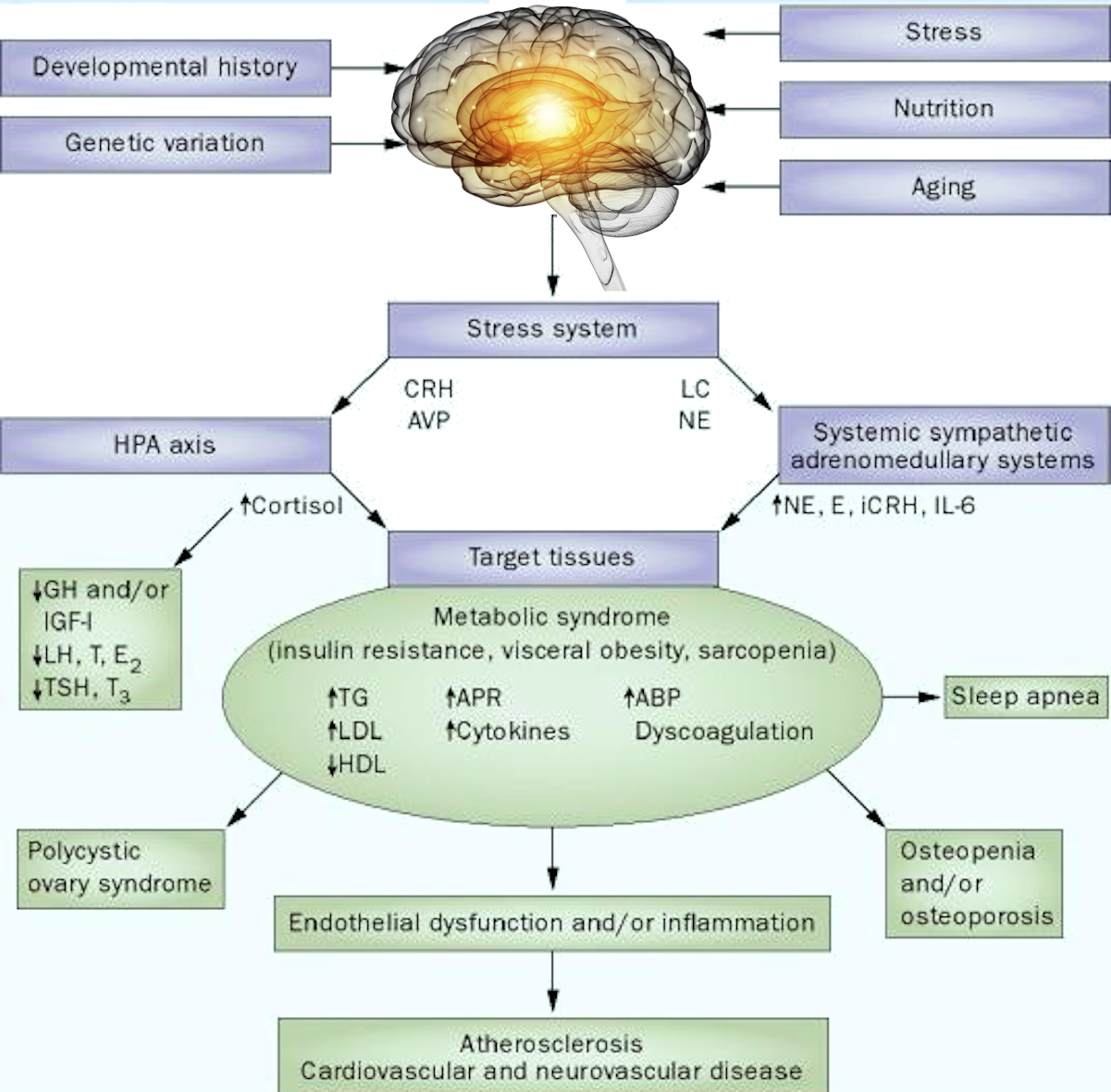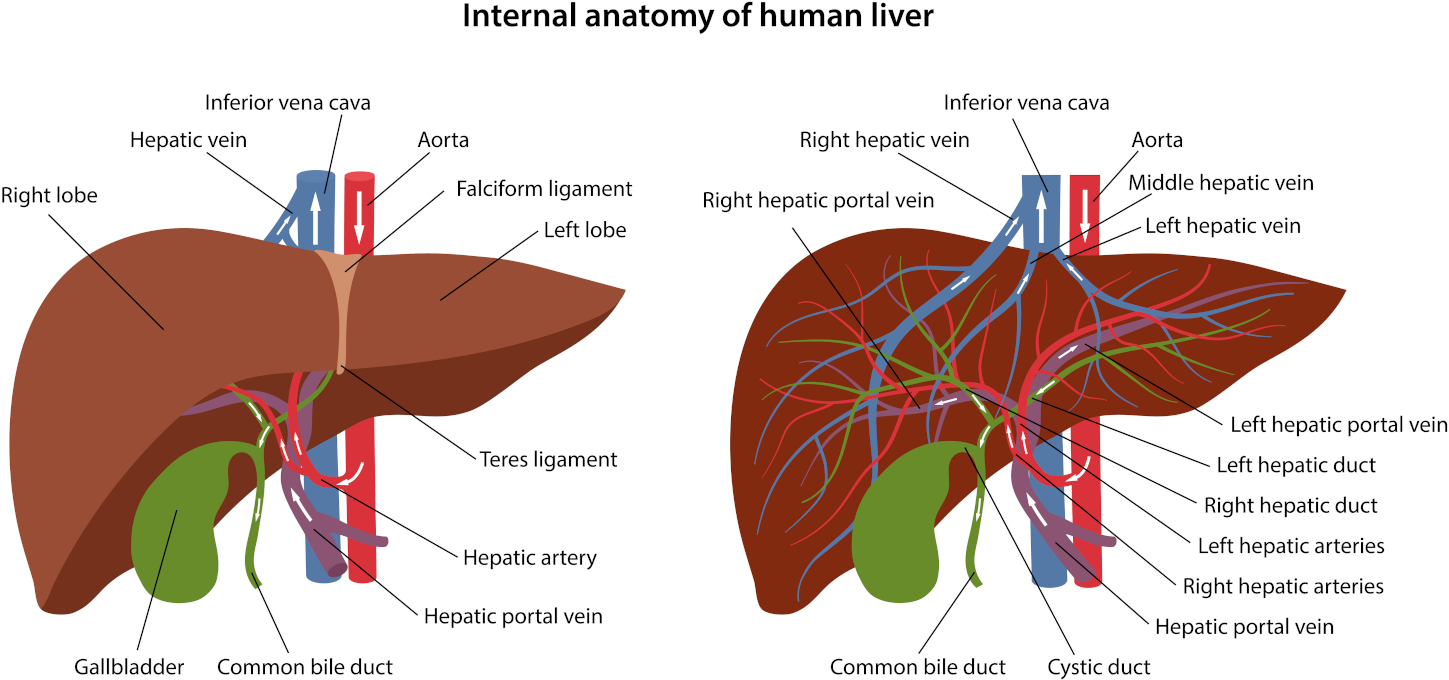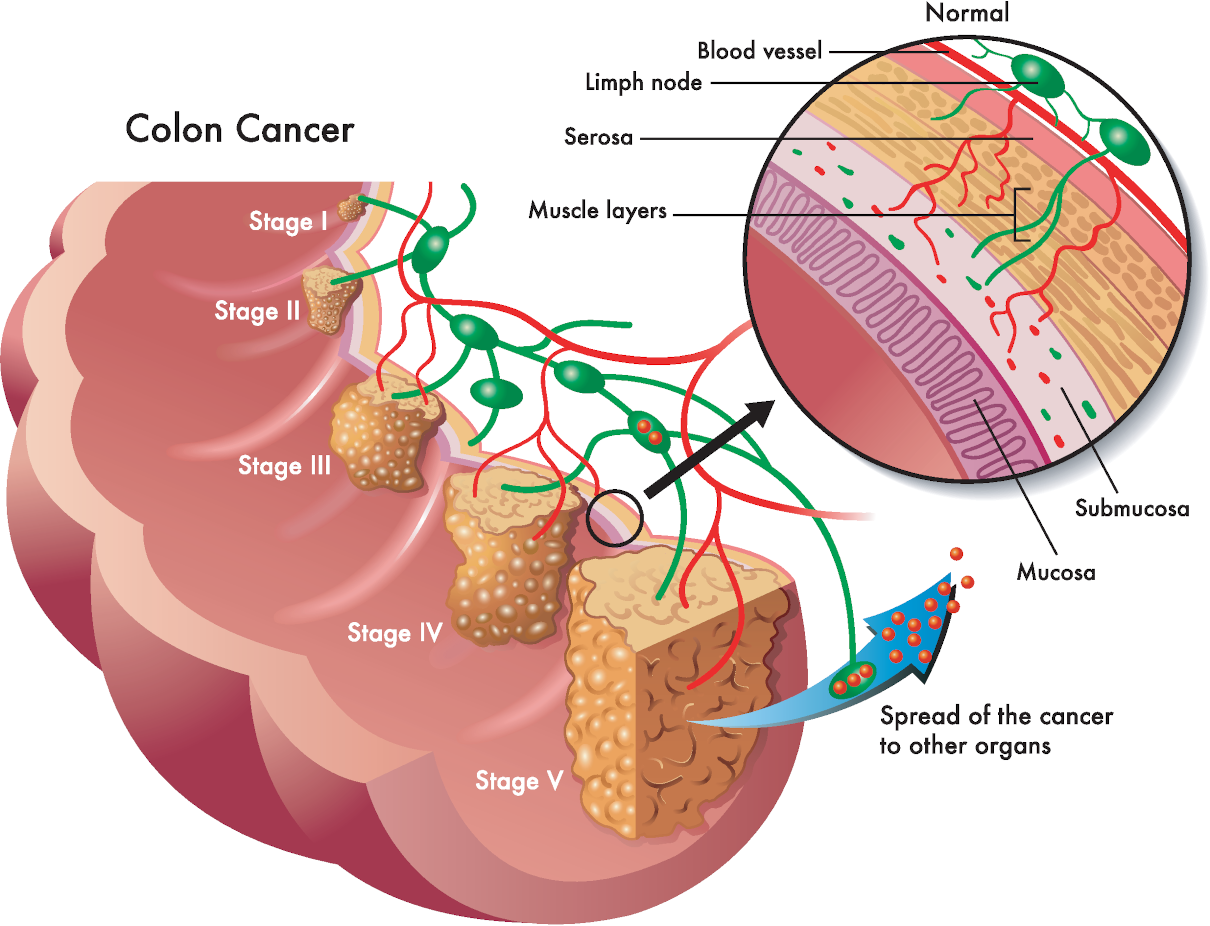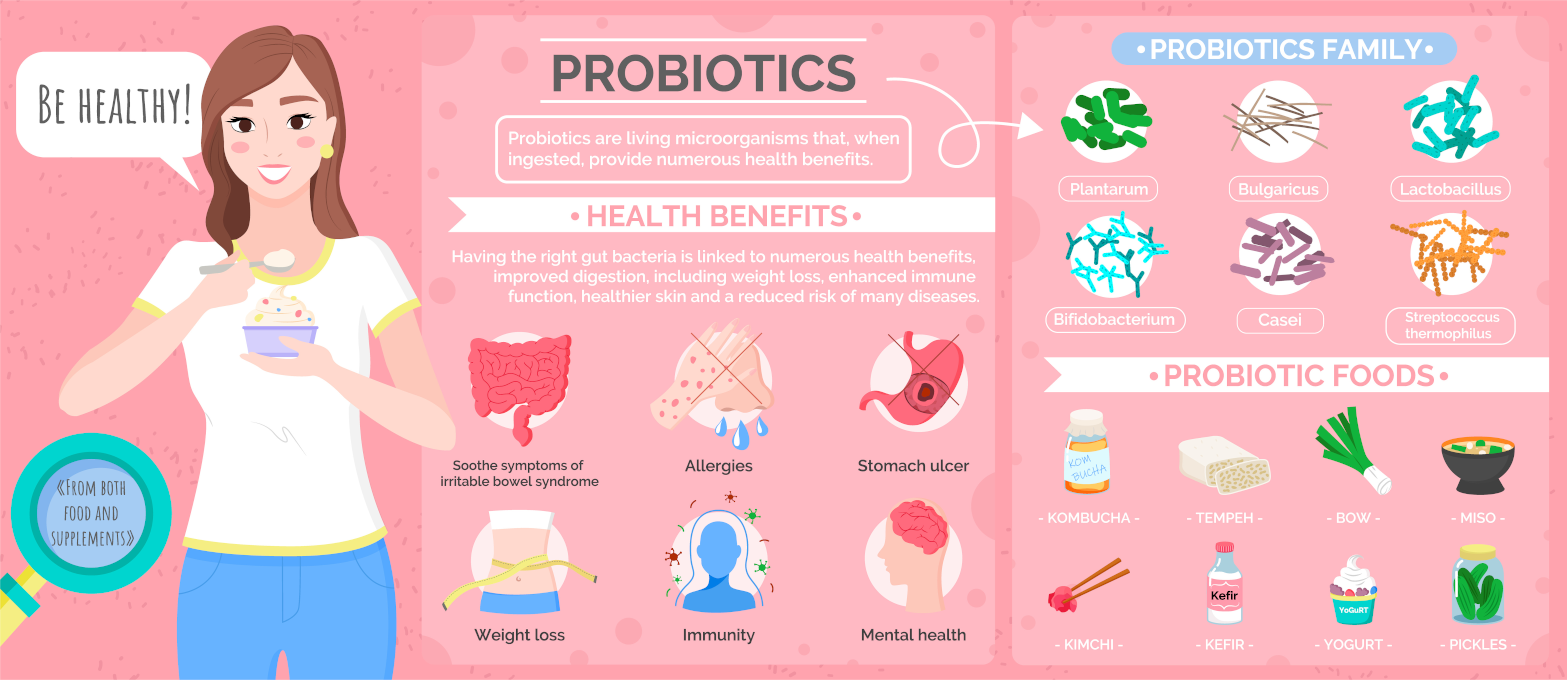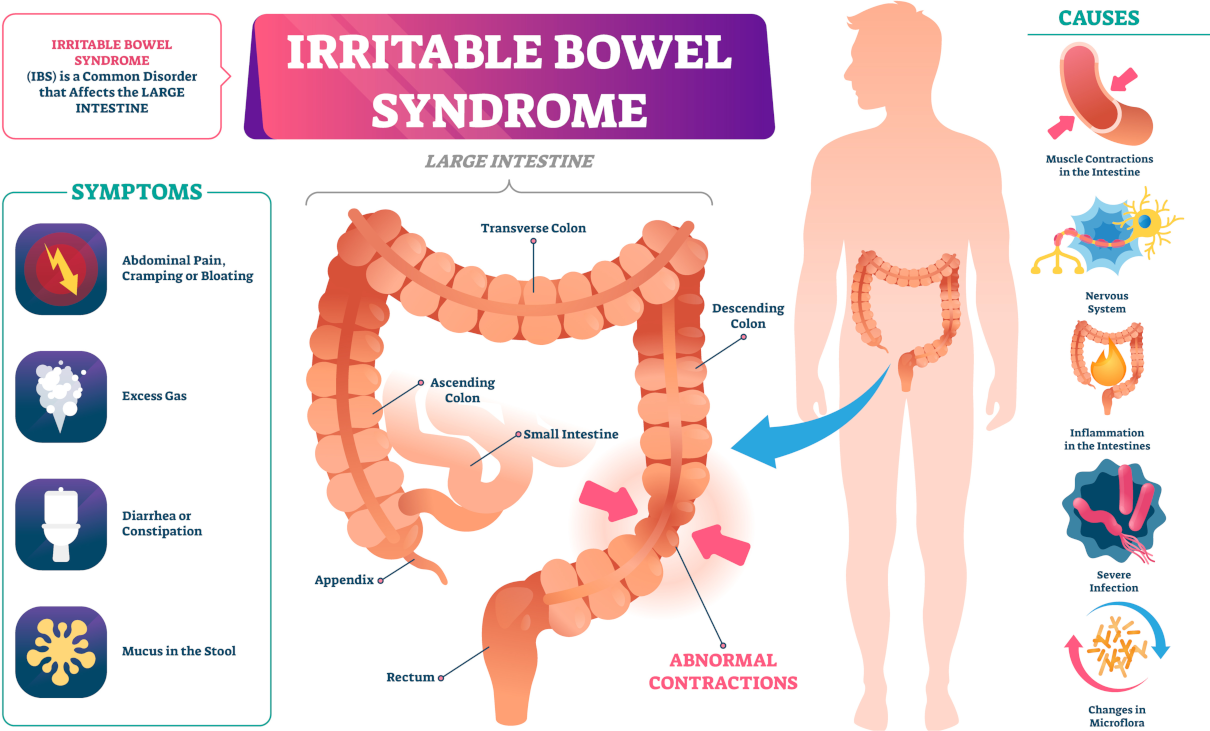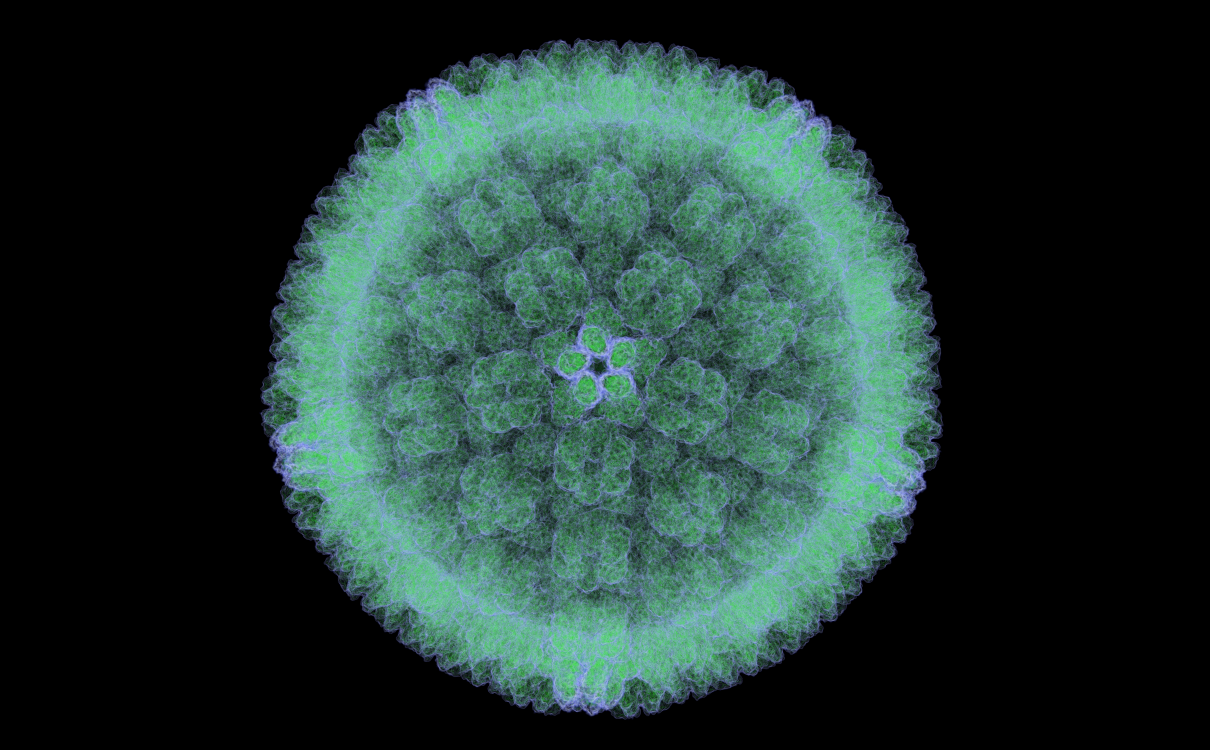
Medical researchers can observe Cytomegalovirus contamination everywhere. However, we can rarely see clinical manifestations. The disease-producing agent is pathogenic only to humans. So, its cultivation in vitro is only possible in human cell cultures, as no experimental animal is susceptible to the infection.
Clinics generally record cytomegalovirus infections in infants under two years old and in older adults. However, we can find records of local and generalised lesions more often. Patients have neoplastic processes, AIDS, after organ transplantation or with patients who take steroids.
Infection cytomegalovirus
The contact with the placenta may transmit infectious agents through, while the fetus advances through the generative passage, breastfeeding, blood transfusion, or intercourse. Some experts also believe that the transition of cytomegalovirus can occur through the air or in urine. Perinatal contamination can be observed in 1% of neonates, often with subclinical symptoms.
In some cases, though not very often, the disease runs a grave course and is lethal. Besides, the acute form of cytomegalovirus is characterised by lesions in many internal organs. It includes the encephalon, kidneys, liver, and hemopoietic organs. The typical lesion in the subacute form is atypical interstitial pneumonia.
In some cases, colonic hydrotherapy can make a patient feel better. The beneficial planting of bacteria in the large intestine significantly improves the functioning of the immune system.

Mini Detox PLUS – 3 colonics, minerals, herbal & probiotic implants
The ideal pattern of colonic treatments includes three alkalising colon hydrotherapy treatments with sodium bicarbonate, one anti-parasitic implant on the first treatment, one liver and gall bladder stimulating herbal implant on the second treatment, and a high-strength probiotic implant on the third colonic.



